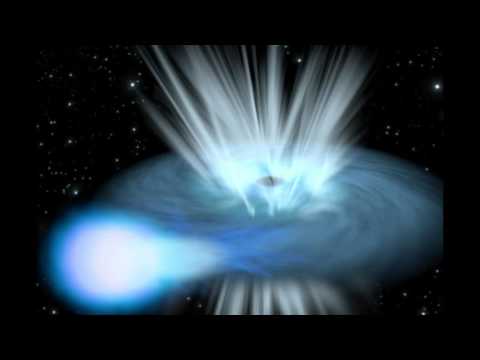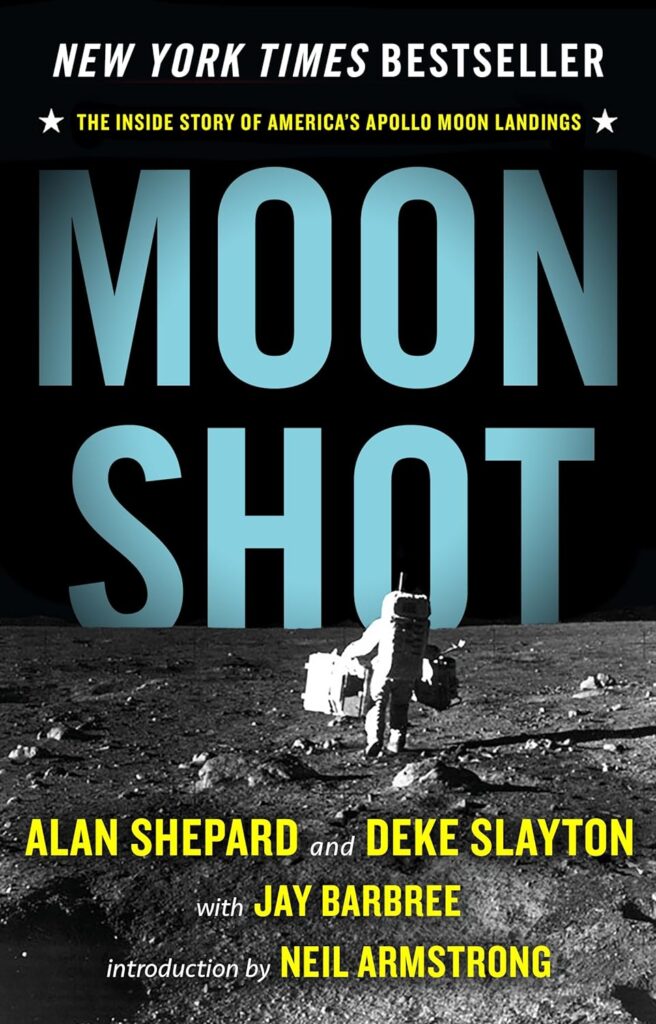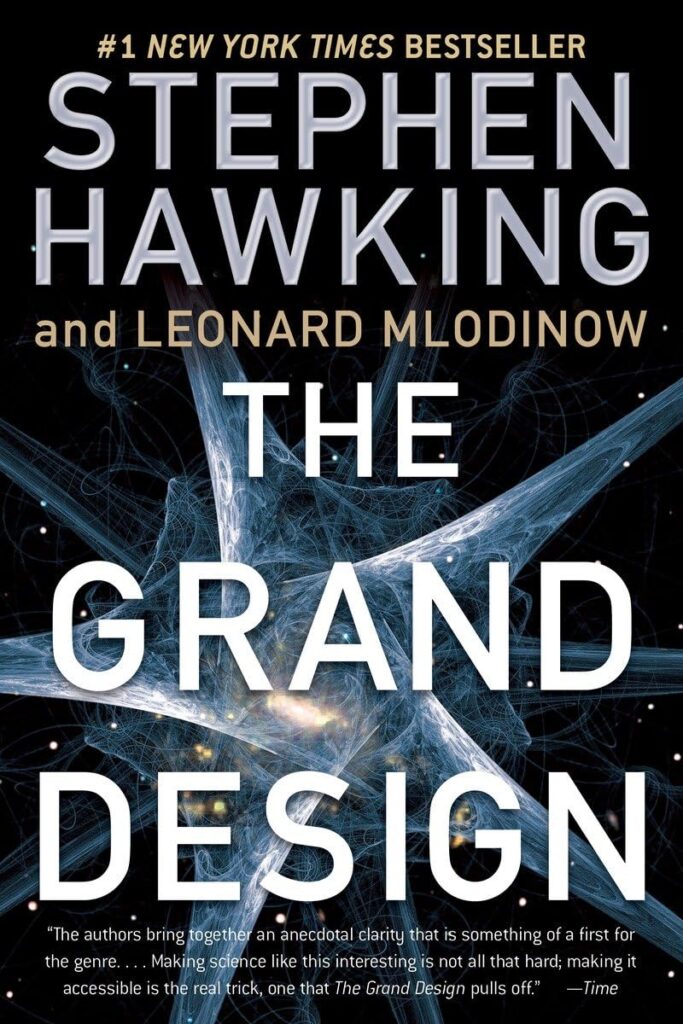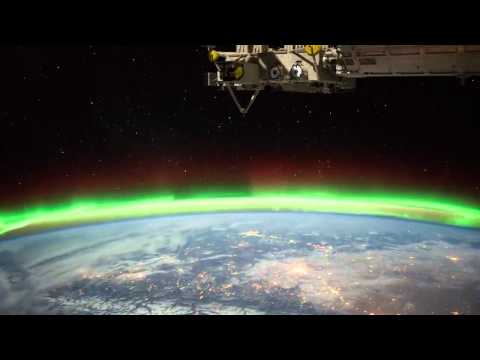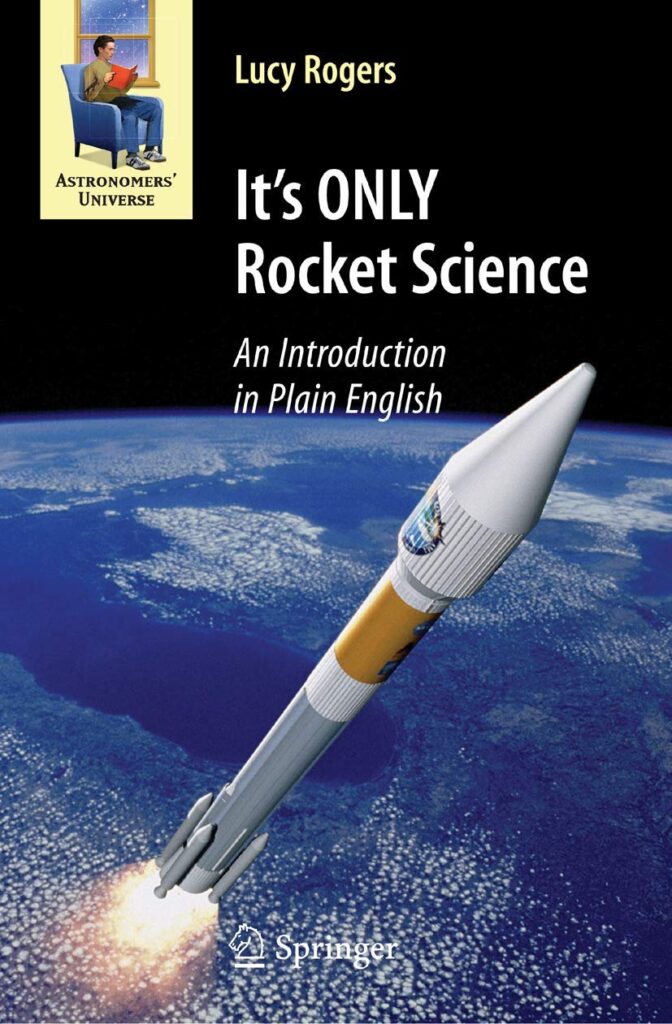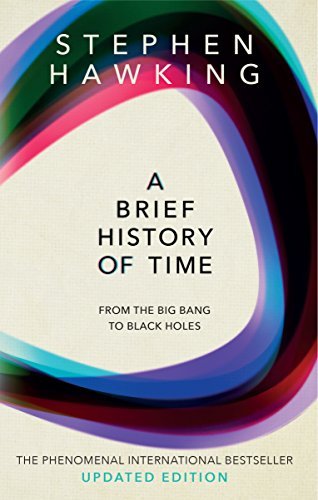Time Dilation and Black Holes: The Strange Phenomena of Space-Time
Time dilation and black holes are two of the most intriguing phenomena in the field of astrophysics. These concepts, which are rooted in Einstein’s theory of general relativity, shed light on the strange and mind-bending nature of space-time.
Time dilation is a concept that occurs when time passes at different rates for observers who are moving relative to one another. This phenomenon was first predicted by Albert Einstein in his theory of special relativity, which he published in 1905. According to this theory, time slows down for objects in motion relative to an observer, as their speed approaches the speed of light. This means that time passes more slowly for a fast-moving object than for a stationary observer.
Black holes, on the other hand, are regions of space where gravity is so strong that nothing, not even light, can escape their grasp. These cosmic entities are formed when massive stars collapse under their own gravity, creating a singularity at their center. The gravitational pull of a black hole is so intense that it warps space-time around it, causing time to behave in a bizarre and unpredictable manner.
When an object falls into a black hole, it experiences extreme time dilation. As it gets closer to the event horizon – the point of no return beyond which nothing can escape – time slows down to a crawl. This means that an observer watching from a safe distance would see the object freeze in time as it approaches the black hole. This strange effect is known as gravitational time dilation.
Another fascinating aspect of black holes is the concept of spaghettification, which occurs when an object gets too close to a black hole. In this scenario, the intense gravitational forces stretch the object into a long, thin shape resembling a strand of spaghetti. This phenomenon is a result of the tidal forces exerted by the black hole, which pull on different parts of the object with varying strengths.
The combination of time dilation and black holes leads to some truly mind-boggling scenarios. For example, if an astronaut were to travel close to the event horizon of a black hole and return to Earth, they would find that much more time has passed on Earth than for them. This is known as the twin paradox, where one twin ages significantly more than the other due to differences in their relative motion.
In conclusion, time dilation and black holes are two of the most fascinating phenomena in the universe. These concepts, which are rooted in Einstein’s theory of general relativity, provide insights into the strange and complex nature of space-time. By studying these phenomena, scientists can gain a better understanding of the fundamental forces that govern the cosmos and unlock the mysteries of the universe.


